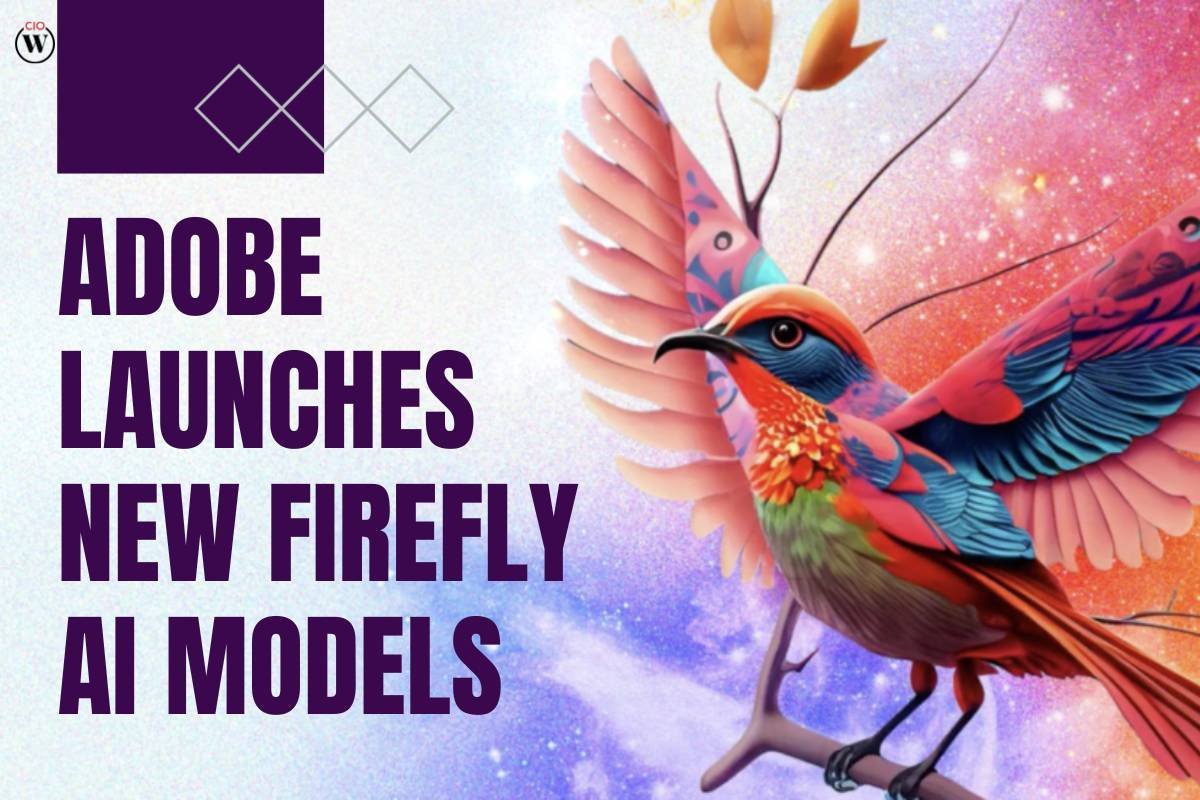In a significant move towards advancing artificial intelligence, Adobe, a global leader in creative software, made waves at the Adobe Max event on Tuesday by announcing the launch of three new generative AI models (Firefly). These cutting-edge AI models are set to revolutionize the capabilities of Adobe’s popular tools, including Illustrator and Adobe Express, while significantly enhancing Photoshop’s text-to-image features.
Introducing Firefly Image 2
One of the standout models in this trio is the Firefly Image 2, an upgraded version of the original Firefly AI image generator that powers iconic features like Photoshop’s Generative Fill. Adobe’s Firefly Image 2 boasts an impressive array of advancements, with a primary focus on producing higher-quality images. Notably, the new model excels in generating images with a remarkable increase in resolution, vivid colors, and enhanced color contrast. The improvements are particularly noticeable when it comes to high-frequency details such as foliage, skin texture, hair, hands, and facial features, delivering photorealistic humans like never before.
What sets the Image 2 model apart is its AI-powered editing capabilities. Users can now manually or automatically adjust the depth of field, motion blur, and field of view of a generated image, mimicking manual camera controls. Furthermore, a “Prompt Guidance” feature has been added to assist users in refining their text descriptions, making the creative process more efficient and user-friendly.
Generative Match and Accountability Measures
Another groundbreaking feature introduced by Adobe is “Generative Match.” This feature enables users to influence the style of generated content to match specific images, either from a preselected list or by uploading their own references. A slider allows for control over how closely the resemblance should be. To address concerns of attribution and accountability, Adobe has incorporated “content credentials,” a digital “nutrition label” that automatically attaches attribution metadata to AI-generated images.
Adobe Firefly: Family of New Creative Generative AI Models
In an attempt to prevent potential abuse, Adobe has implemented new policies and safeguards around Generative Match. Users will be required to agree to Adobe’s terms of use and confirm they have the rights to use uploaded images. Additionally, thumbnail images of the uploaded content, which are not used to train AI models, will be stored on Adobe’s servers, creating a level of accountability. Importantly, Generative Match will remain in beta as Adobe seeks user feedback and will not be available for commercial purposes during this period.
However, critics argue that the current system may not be enough to prevent the replication of protected content. Some in the creative community fear that this move may drive a deeper wedge between Adobe and artists who oppose having their unique styles copied by AI. The concern is that these measures may be more about limiting Adobe’s legal liability than effectively preventing copycat behavior.
While the new Firefly Image 2 is available for trial through the web-based Firefly beta, it is expected to be “coming soon” to Creative Cloud apps. This means that while it won’t be immediately available in Photoshop, users can at least compare it against the original Firefly image model while eagerly awaiting its wider rollout.
Adobe’s latest foray into AI promises to bring transformative enhancements to the creative process, with powerful new tools that could reshape the world of digital design and art. However, the delicate balance between innovation and ethical considerations remains a challenge that Adobe continues to navigate.









